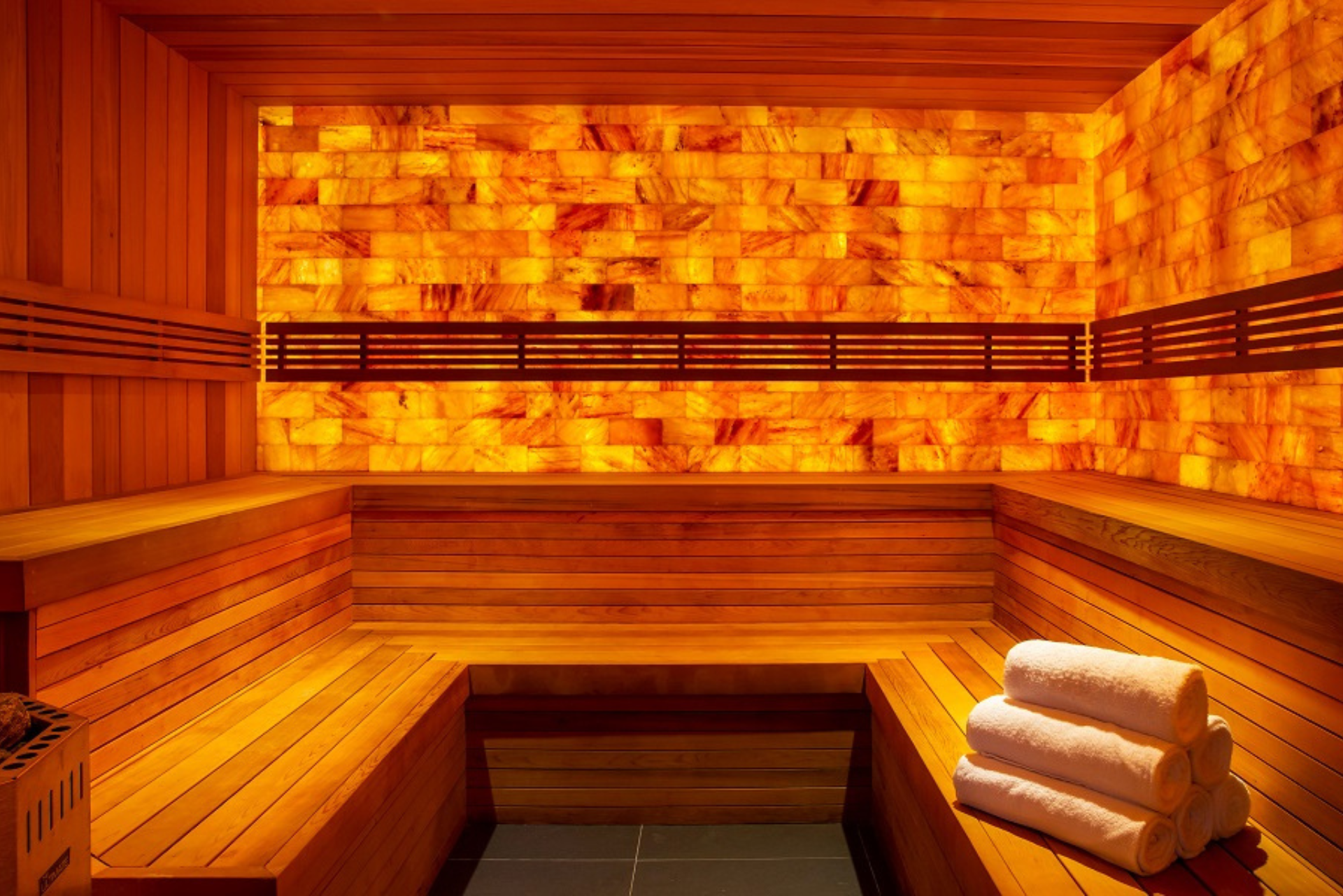

Welcome to Your Wellness Escape at Niagara Falls
There’s something really refreshing about being near Niagara Falls. It’s not just the views or the sound of the water. There’s something in the air! The mist around the falls is full of negative ions, and they can do more than you think. You may find yourself in a better mood, sleeping more soundly, feeling more energized, and breathing more freely. Whether you’re here for relaxation, adventure, or a bit of both, Niagara Falls offers the perfect backdrop for recharging your body and mind.
A Touch of Tranquility
You deserve a little pampering. Relax and rejuvenate at world-class spas in Niagara Falls. Indulge in luxurious massage treatments and detoxifying facials, soak in thermal pools, and embrace ultimate relaxation.
From Farm to Table
Wellness is all about balance, and that includes how we nourish ourselves. Our culinary experiences focus on fresh, locally sourced ingredients that support a healthy lifestyle. From vibrant Niagara produce to indulgent desserts and calming high tea served with artisanal treats, every bite is an opportunity to savour and enjoy food that feels good and tastes even better.
A Mindful Tasting Experience
Niagara offers an experience every wine lover will love. Discover the art of winemaking, enjoy wine tasting, connect with passionate vintners, and immerse yourself in the beauty and serenity of vineyard countryside.
An Oasis for Hiking, Cycling & Beyond
With its stunning scenery and countless hiking and cycling trails, Niagara Falls is the perfect destination for outdoor adventure and wellness. From horseback riding and birdwatching to admiring flowers and butterflies, there are endless ways to reconnect with nature and enjoy simple, peaceful moments.
Ready to Begin Your Wellness Journey?
Discover the perfect balance of nourishment, relaxation, and local flavour. Book your stay today and treat yourself to a mindful getaway that nourishes both body and soul.
FIND HOTELS & ATTRACTIONS
-
PLACES TO STAY
-
THINGS TO DO
-
PACKAGES



































